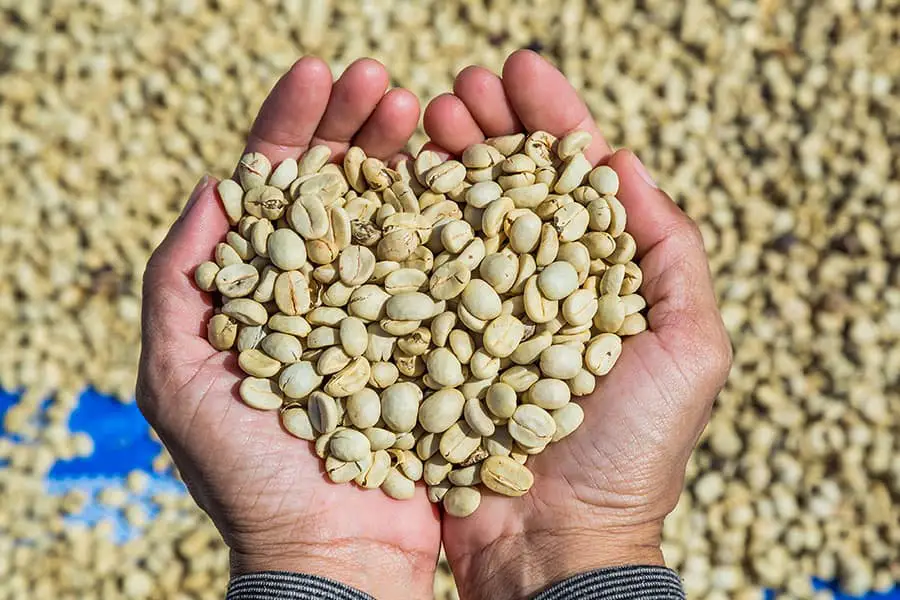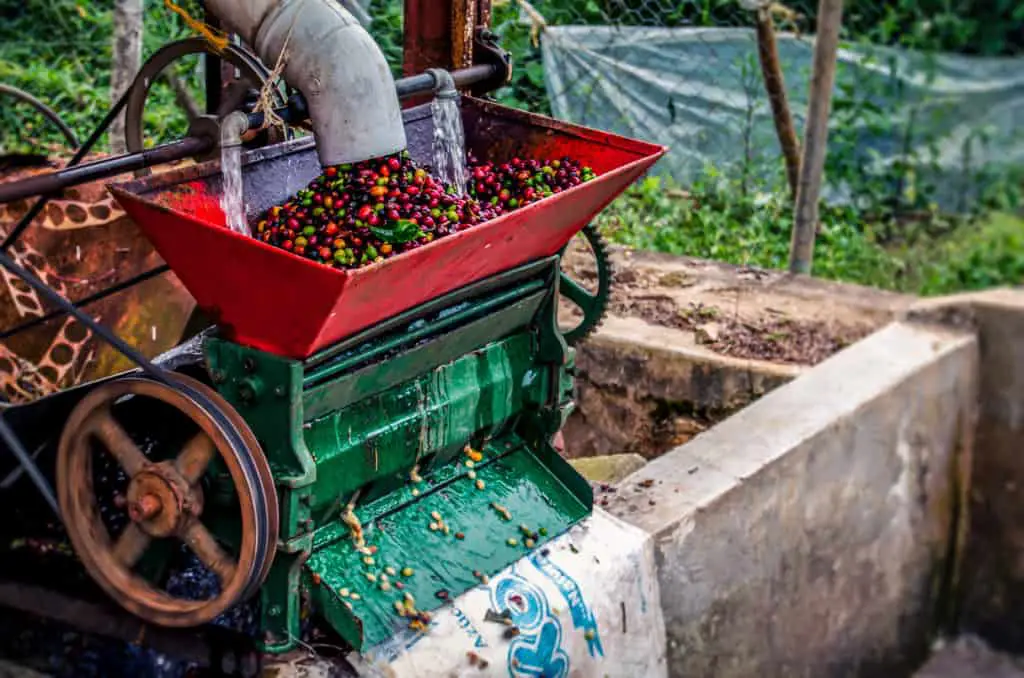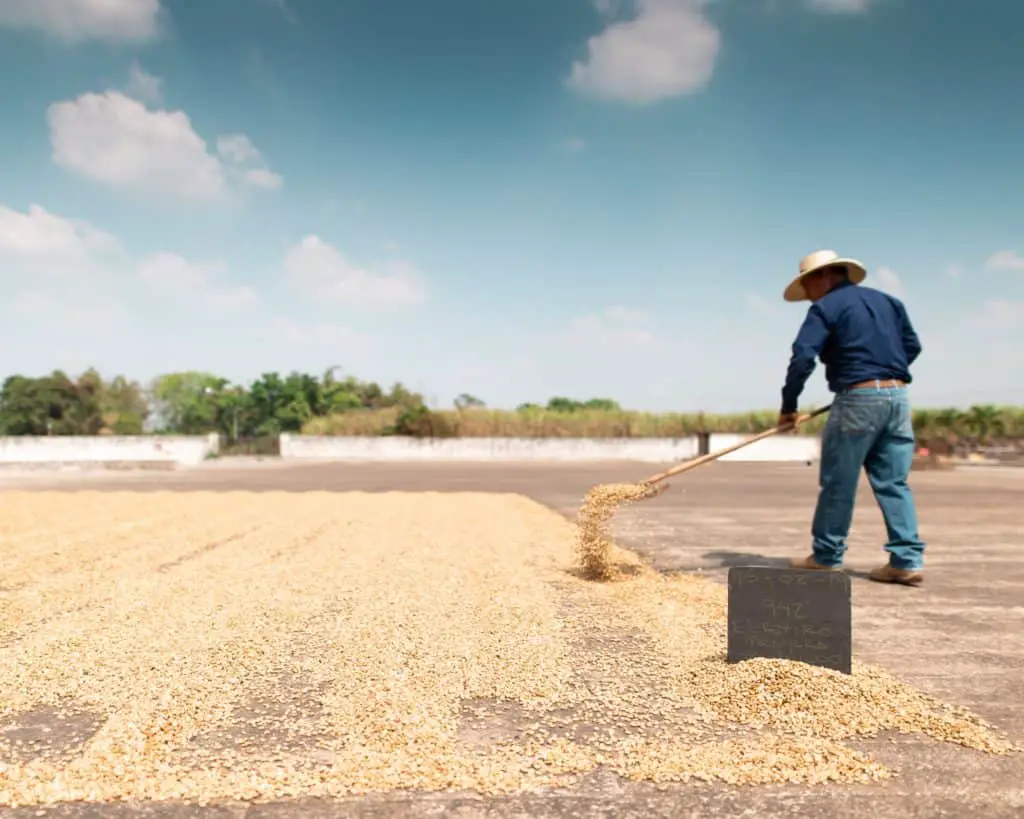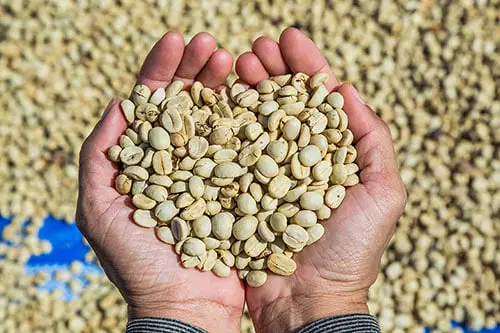
Honey process coffee is a unique way to prepare coffee beans, blending the best of washed and natural methods. After picking ripe coffee cherries, processors remove the outer skin but leave some of the sticky, sweet fruit layer—called mucilage—on the beans.
These beans dry in the sun, absorbing the mucilage’s flavors, resulting in a coffee that’s sweet and full-bodied like natural coffee but clean and balanced like washed coffee. Popular in places like Costa Rica, honey process coffee is a favorite in specialty cafés for its versatile taste. Let’s break down how it works, what makes it special, and how it compares to other methods.
What Makes Honey Process Coffee Special?
Honey process coffee stands out for its sweet, smooth flavor. The mucilage left on the beans during drying adds notes of caramel, stone fruit, or berries, depending on the region and processing style. It’s less acidic than washed coffee, with a heavier mouthfeel than natural coffee, making it a great middle ground. For example, a Costa Rican yellow honey might taste like apricot and honey, while a black honey could lean toward dark chocolate and cherry.
Despite the name, no actual honey is involved—the term comes from the sticky, golden mucilage that coats the beans, giving them a candied-nut look when dried. Honey process coffee has similar caffeine content to other methods (~40 mg per 100ml for brewed coffee), so it’s not about a caffeine kick but about flavor.
How Is Honey Process Coffee Made?

The honey process starts with ripe coffee cherries, hand-picked for quality. Here’s how it goes:
- Pulping: A machine removes the cherry’s outer skin, leaving the bean covered in mucilage. Processors use a mechanical demucilager to control how much mucilage stays on, which defines the honey type.
- Drying: The beans are spread on raised drying beds or patios, turned every 1–2 hours for 10–30 days, depending on mucilage level and weather. This prevents mold and ensures even drying to 10–12% moisture.
- Hulling: Once dry, the beans are milled to remove the remaining parchment layer, revealing the green coffee ready for roasting.
In Costa Rica, honey process coffee is categorized by mucilage levels:
- White Honey: 80–100% mucilage removed, light and clean.
- Yellow Honey: 50–80% mucilage removed, balanced and sweet.
- Red Honey: 25–50% mucilage removed, fruity and full-bodied.
- Black Honey: 0–25% mucilage removed, rich and complex, taking the longest to dry.
This method uses less water than washed processing, making it more sustainable, especially in water-scarce regions. The labor-intensive drying process requires careful attention to avoid over-fermentation or mold, but the result is worth it: a sweet, flavorful coffee that shines in pour-overs or espresso.
Why Is It Called Honey Process?
The “honey” in honey process refers to the sticky mucilage, which feels and looks like honey as it dries. Unlike washed coffee, where all mucilage is removed, or natural coffee, where the whole cherry dries intact, honey process leaves just enough mucilage to boost sweetness without heavy fruitiness. It’s a delicate balance that’s made honey process a staple in Central America’s specialty coffee scene.
This naming also reflects the visual transformation during drying. As the mucilage-coated beans dry on raised beds, they take on a glossy, amber hue, much like honey drizzled over nuts. This not only gives the process its catchy name but also hints at the sweet, smooth flavors you’ll find in the cup, making it a favorite for those who love a balanced brew.
Honey Process vs. Other Coffee Processing Methods
Ever wondered how the way coffee is processed affects its taste? The honey process is just one of several methods that turn coffee cherries into the beans you brew, each creating distinct flavors and textures. In this section, we’ll compare honey process to washed, natural, and black honey methods, breaking down how they work, their impact on your cup, and why they matter. Let’s see what makes honey process stand out!
| Method | Mucilage Removed | Drying | Flavor Profile | Water Usage |
|---|---|---|---|---|
| Honey Process | Partial (0–100%) | Beans with mucilage on beds | Sweet, balanced, fruity | Low |
| Washed | 100% | Beans washed, dried on beds | Clean, bright, citrus | High |
| Natural | None | Whole cherry dried, then hulled | Bold, fruity, earthy | Very Low |
| Black Honey | Minimal (0–25%) | Beans with mucilage, covered | Rich, sweet, complex | Low |
- Washed Process: Common in Central America, this method soaks and washes beans to remove all mucilage, producing a clean, bright coffee (e.g., Guatemala Huehuetenango with cinnamon and citrus notes). It uses significant water (~40 gallons per cup).
- Natural Process: The oldest method, used in places like Ethiopia, dries the whole cherry before hulling, giving bold, fruity flavors (e.g., Ethiopia Sidamo with blueberry muffin notes). It’s water-efficient but risks inconsistent drying.
- Black Honey Process: A subtype of honey process, it leaves nearly all mucilage and often covers beans during drying, creating a richer, sweeter coffee. It’s labor-intensive and requires precise drying to avoid mold.
Honey process differs from Sumatra’s wet hulling (Giling Basah), which partially dries beans with parchment intact, not mucilage, and has a distinct earthy flavor.
Why Choose Honey Process Coffee?

Honey process coffee is perfect if you want a sweet, versatile brew. Its balanced flavors work well in drip coffee, espresso, or cold brew, appealing to both casual drinkers and coffee nerds. It’s also more sustainable than washed coffee, using less water and supporting farmers in regions like Costa Rica and Panama. Try a yellow honey from Costa Rica’s Las Lajas for a bright, peachy cup or a black honey for a deeper, chocolatey vibe.
Plus, honey process coffee offers a chance to explore the artistry of coffee production. The careful control of mucilage levels and drying times creates distinct flavor profiles, from light and floral to rich and fruity, letting you pick a style that matches your taste. It’s a great way to support innovative farmers and enjoy a cup that tells a story of craftsmanship and care..
How to Enjoy Honey Process Coffee
Honey process coffee’s sweet, balanced flavors make it a fun and versatile brew to enjoy at home or in a café. Whether you’re new to specialty coffee or a seasoned sipper, this section shares simple ways to get the most out of your cup. From brewing methods that highlight its fruity notes to food pairings that complement its smoothness, here’s how to savor honey process coffee like a pro.
- Brew It Right: Use a pour-over or French press to highlight its sweetness. Aim for a medium grind and 195–205°F water.
- Pair It Up: Enjoy with pastries or dark chocolate to complement its fruity notes.
- Experiment: Try different honey types (white, yellow, red, black) to find your favorite flavor profile.
Final Thoughts
Honey process coffee offers a sweet spot between the clean brightness of washed coffee and the bold fruitiness of natural coffee. Its unique processing method, leaving just the right amount of mucilage, creates a smooth, flavorful cup that’s perfect for trying something new.
Whether you’re brewing at home or sipping at a café, honey process coffee is a delicious way to explore the world of specialty coffee. Grab a bag and start brewing!

